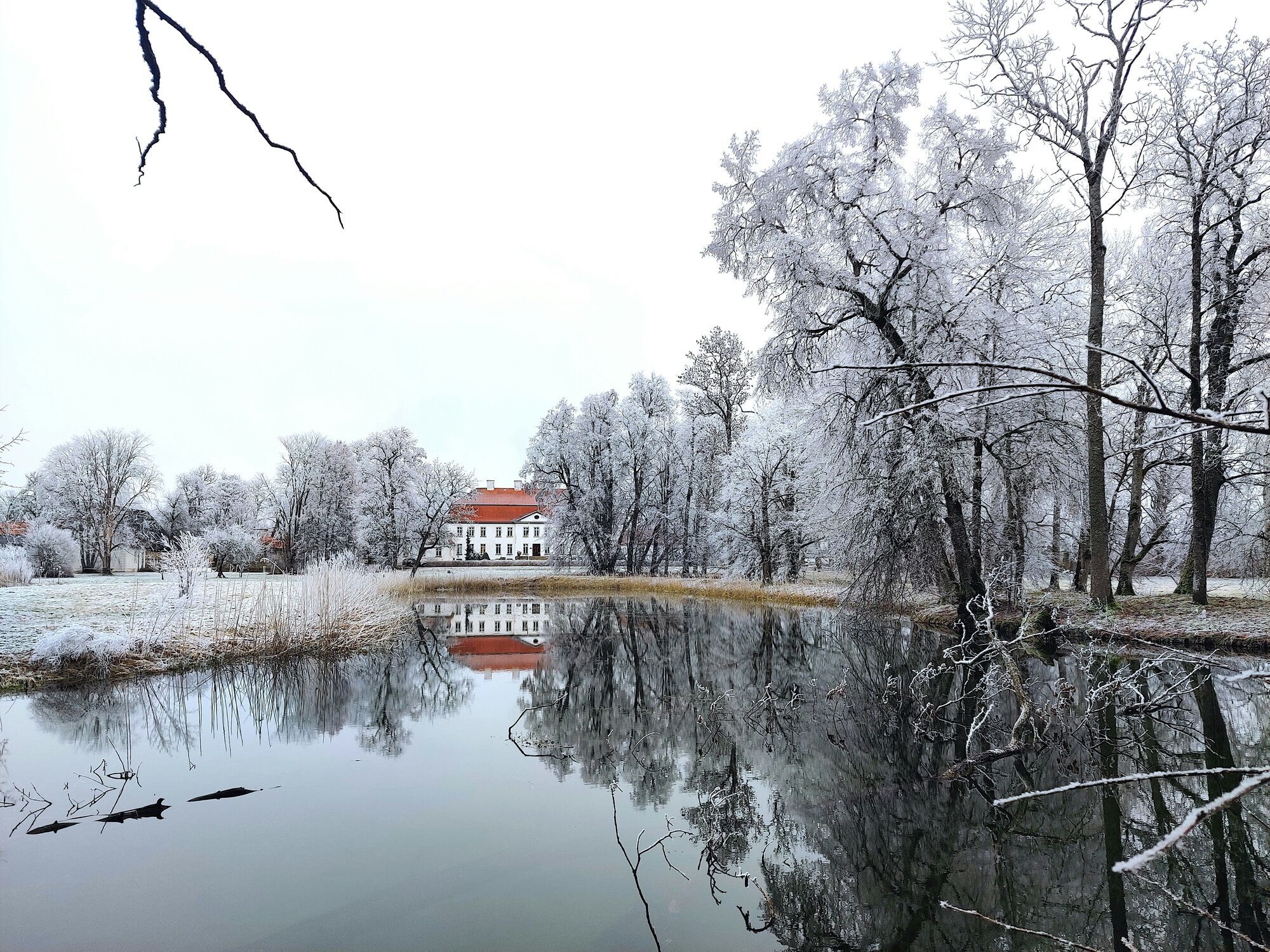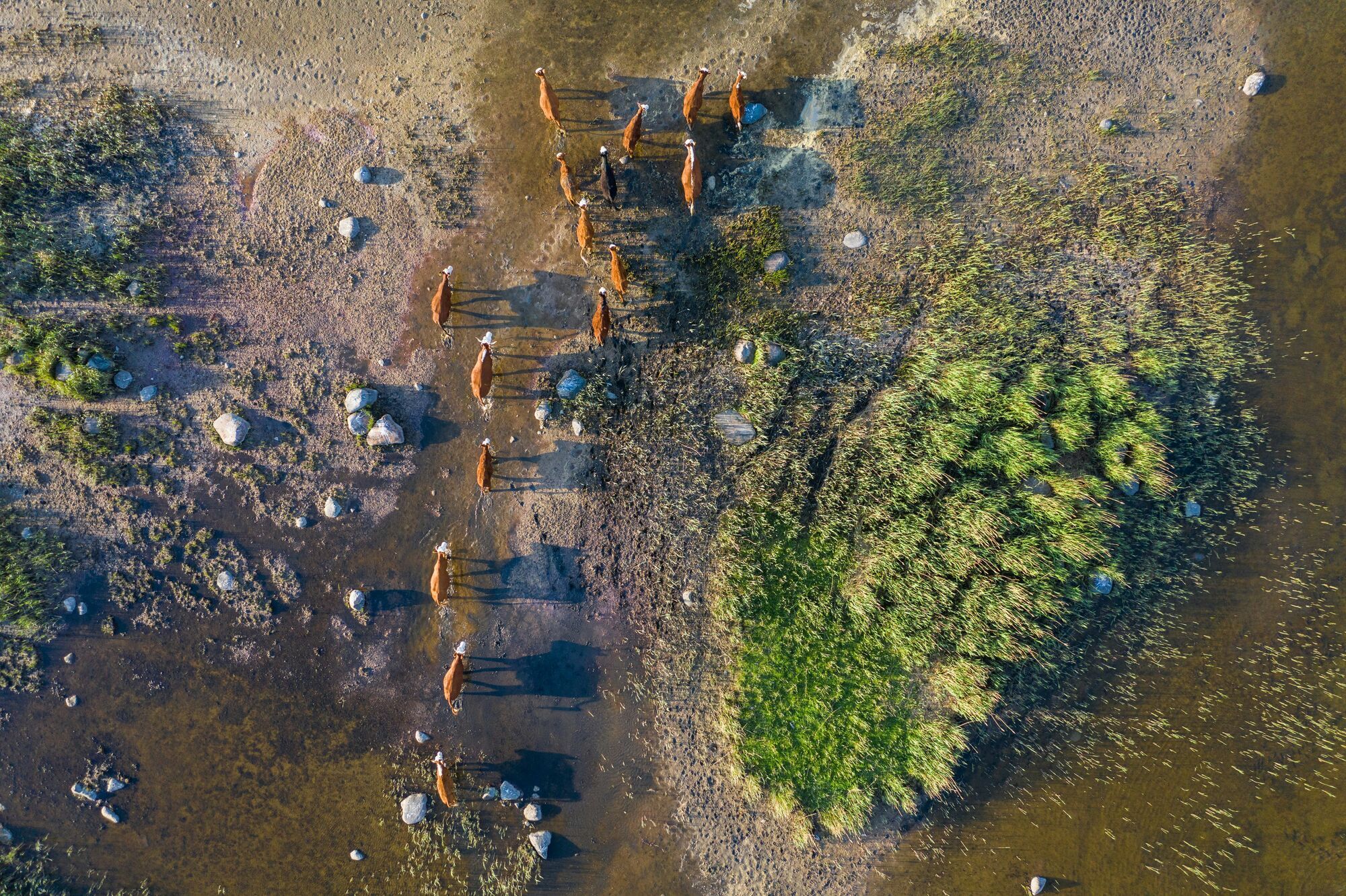Island Hopping in Estonia’s Western Isles: Discovering Baltic Charm and Untouched Nature

The western islands of Estonia, nestled in the Baltic Sea, offer an intriguing escape into a world of untouched landscapes, ancient traditions, and serene coastal life. Each island has its own distinct character, from the folklore-rich Saaremaa to the pristine beaches of Hiiumaa. With accessible ferry connections, these islands make for a unique journey, perfect for travelers looking to experience the quieter side of Europe.
Saaremaa: The Heart of Estonian Island Culture
As Estonia’s largest island, Saaremaa is often the first stop for visitors exploring the western archipelago. The island’s capital, Kuressaare, is a blend of medieval charm and modern amenities, with the impressive Kuressaare Castle standing as its historical centerpiece. This 14th-century fortress, now a museum, offers insight into the region’s past, from its Danish and Swedish influences to its time under Soviet rule.
Beyond Kuressaare, Saaremaa’s rural landscapes reveal juniper-dotted meadows, quiet villages, and traditional windmills that speak to the island’s agrarian heritage. A visit to Angla Windmill Park provides a closer look at these iconic structures, which have been preserved as a symbol of Saaremaa’s farming history. For nature lovers, the Kaali Meteorite Crater, one of Europe’s rare impact sites, is another must-see, offering a glimpse into the island’s geological wonders.
Hiiumaa: A Tranquil Escape with Scenic Lighthouses
Just a short ferry ride north of Saaremaa, Hiiumaa is known for its tranquil beaches, pine forests, and historic lighthouses. The island’s remoteness and limited development have preserved its natural beauty, making it a favorite for visitors seeking a peaceful retreat. Kõpu Lighthouse, one of the oldest lighthouses still in operation, stands as a proud testament to the island’s maritime history. The lighthouse, dating back to the 16th century, offers panoramic views of Hiiumaa’s coastline and surrounding sea.

Hiiumaa’s capital, Kärdla, is a quiet town with a relaxed pace, where visitors can enjoy fresh seafood at local eateries and explore quaint shops selling handicrafts. Hiiumaa’s rural roads and coastal paths are also ideal for biking, allowing travelers to leisurely explore the island’s diverse scenery at their own pace.
Muhu: A Small Island with Big Character
Connected to Saaremaa by a causeway, Muhu is a smaller island with its own unique appeal. Known for its well-preserved Estonian traditions, Muhu is home to several culturally significant sites. Koguva Village, one of Estonia’s best-preserved historic villages, offers a journey back in time with its traditional thatched-roof houses and winding paths. Many of these buildings have been carefully restored, showcasing the island’s unique architectural style.
Muhu is also known for its folk music and vibrant festivals, where locals in traditional attire perform age-old songs and dances. For those looking to unwind, the Pädaste Manor offers a luxurious spa experience on the island’s coast, blending modern amenities with a traditional Estonian atmosphere. This historic manor, now a boutique hotel, is surrounded by peaceful landscapes, creating a serene atmosphere for relaxation.
Kihnu: A Living Heritage of Folk Traditions
Known as the "women’s island" due to its matriarchal culture, Kihnu is recognized by UNESCO for its rich folk traditions and living cultural heritage. Kihnu women still wear the traditional striped skirts and handwoven shawls that have been part of their identity for generations. The island’s craftwork, music, and unique customs are passed down through families, preserving Kihnu’s distinct way of life.

Visitors can explore Kihnu Museum, which provides insights into the island’s traditions, from its wedding customs to its colorful textiles. For a closer look, visiting during the island’s festivals allows travelers to witness Kihnu’s vibrant community gatherings, where music, dance, and storytelling take center stage. Kihnu’s lifestyle reflects a blend of resilience and community spirit, making it a fascinating destination for those interested in cultural immersion.
Ruhnu: A Tiny Island with Swedish Roots
Located further out in the Baltic Sea, Ruhnu is a small, isolated island with a rich history linked to its Swedish roots. Although the island is now part of Estonia, Ruhnu was originally settled by Swedes, and traces of this heritage remain. The island’s wooden church, built in 1644, is the oldest surviving wooden building in Estonia, showcasing a unique blend of Swedish and Estonian architectural styles.
With only a few dozen residents, Ruhnu offers a sense of solitude that’s hard to find elsewhere. Its coastal landscapes, sandy dunes, and pine forests create an inviting atmosphere for peaceful hikes and contemplation. Ruhnu’s seclusion appeals to travelers looking to escape the usual tourist routes and experience an island where time seems to slow down.
Practical Tips for Island Hopping in Estonia
- Getting Around: Ferries are the primary mode of transport between islands, with regular connections from the mainland. Ferry schedules can vary seasonally, so it’s wise to plan ahead and book tickets in advance.
- When to Visit: Summer (June to August) is the best time for island hopping, as the warmer weather allows for more outdoor activities and festivals. Spring and autumn are quieter, ideal for those seeking solitude.
- Respect Local Traditions: Many of these islands hold cultural significance for their residents, so travelers are encouraged to respect local customs and follow guidelines at historical sites.
- Accommodation: From cozy guesthouses to upscale stays like Pädaste Manor, there are options for all types of travelers. Booking in advance is recommended, especially during festival season on islands like Kihnu.



















